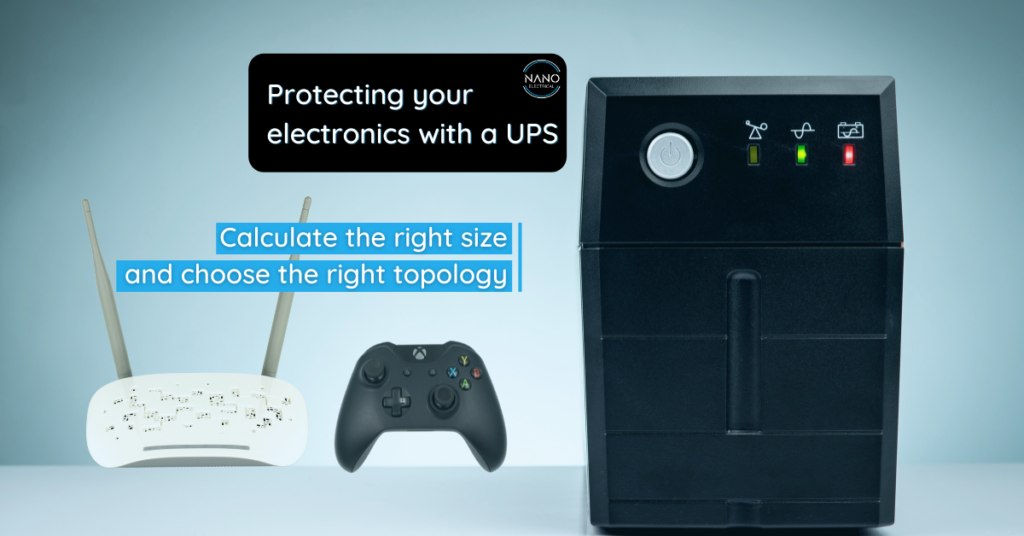
Protecting your sensitive electronics with a UPS
Investigating the Uninterruptible Power Supply
A UPS is an electrical appliance that provides emergency power to a load when the mains power fails. A UPS differs from an auxiliary power system in that it will provide near-instantaneous protection from input power interruptions by supplying energy stored in a battery. The on-battery run-time of most UPS units are relatively short but sufficient to start a standby power source or properly shut down the protected equipment.
Understanding the different UPS Technologies
Uninterruptible Power Supplies are in the front lines protecting your sensitive electronic equipment against damaging power environment factors. Consumers have long been accustomed to pairing desktop PC's with a UPS to prevent uncontrolled shutdowns in the event of power failures. This protects against lost data or damaged components. With the advent of smart devices and the ever-increasing complexity of consumer electronics, household items such as routers, gaming consoles and other consumer electronics function at their best and last longer when a stable power source is available.
If you are considering a UPS solution for your electronic devices, there are a few factors to consider before you proceed. For instance, most UPS units are not designed to run a continuous load for an extended period. The UPS runtime is amongst other things, determined by the topology of the unit and the capacity of the battery. Assuming ideal conditions, we may calculate the runtime of a UPS with the following formula:
Time = Ah / I
That is the Amp Hour capacity of the battery over the Amps drawn by the load. For a more accurate estimation of maximum UPS runtime, you should consult the individual manufacturer's discharge curve.
Sizing a UPS for your application
Sizing calculations can seem difficult, tedious and unnecessary but if done correctly it will ensure the continuous and proper protection of your electronic equipment. Installing the wrong UPS for the application may lead to overloads, tripping and equipment damage. Let's take a look at our fanciful UPS advert:
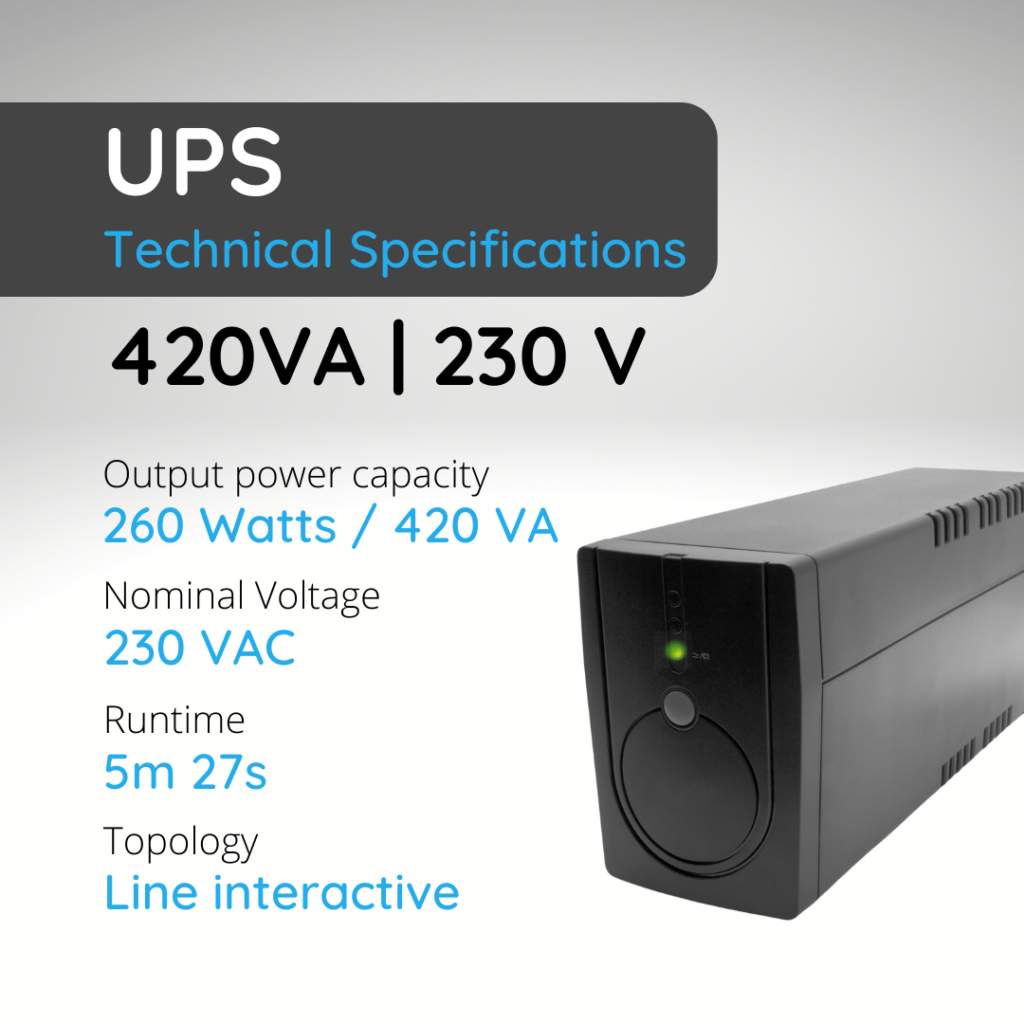
It is a common misconception that the Apparent Power rating and Real Power rating of a UPS is interchangeable. The true relationship between these two values are as follows:
The Real Power, that performs work, is measured in watts (W)
Reactive power measured in volt-amperes reactive (VAr)
The Apparent Power is the combination of Real Power and Apparent Power, measured in volt-amperes (VA) and is the total power flowing in the circuit.
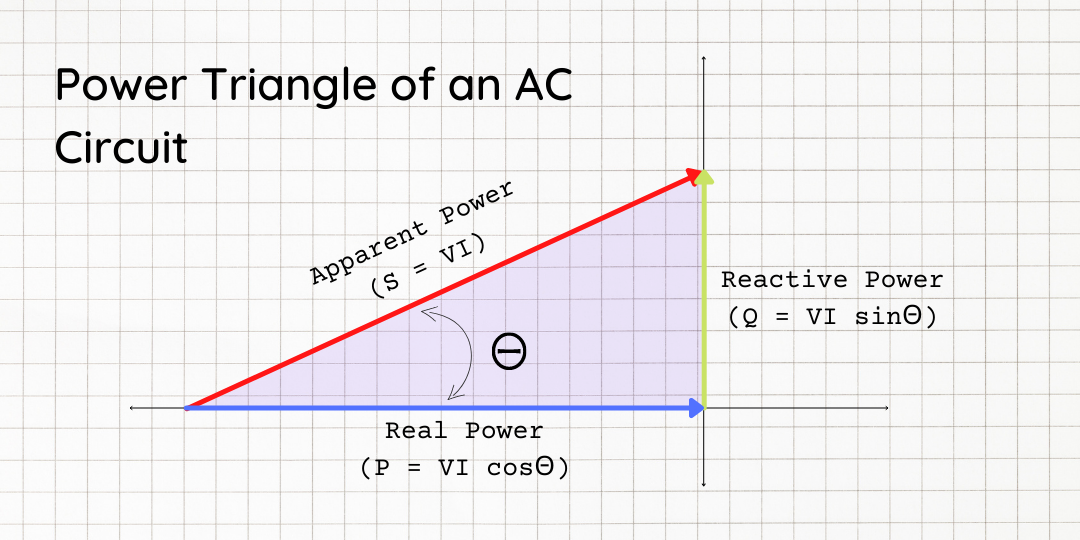
From the above, we can see that there exists a mathematical relationship between the apparent power (VA) and the real power (W) of a power supplying device through a numeric value known as the Power Factor (PF). Power Factor is the ratio between real power and the apparent power consumed by the complete electrical installation. It is a measure of how efficiently electrical power is converted into useful work output.
To calculate Real power from Apparent Power and Power Factor:
P = S PF
To calculate Apparent Power from Real Power and Power Factor:
S = P/PF
Since appliances are rated in watts, it’s important to consider the PF when sizing a UPS. For example, an appliance that is rated at 500 watts and has a power factor of 0.7 results in a 714 VA load.
When buying a UPS pay special attention to both the VA and Wattage ratings. This will ensure that you will get the maximum amount of power for your investment.
Choosing the Topology of your UPS
There are two common UPS topologies to choose from:
Line-Interactive UPS, and
Online UPS
The major difference that distinguishes these two topologies can be best illustrated by the following images:
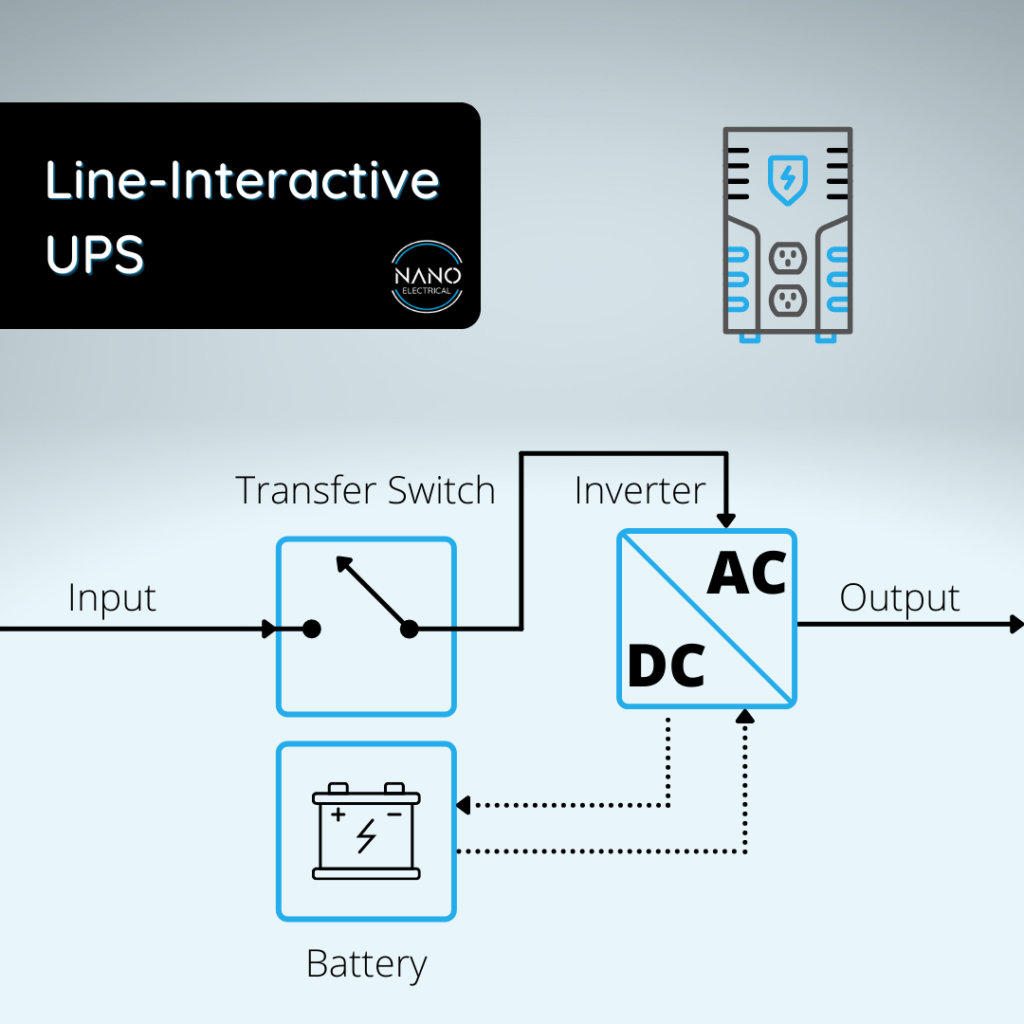

A line-interactive UPS maintains the unit's inverter in line and redirects the battery current from normal charging mode to supply current when power is lost. This means that the inverter is always connected to the output of the UPS. When the line (input AC power) is normal, the inverter acts in reverse as a battery charger. Once the line is disrupted (during a power failure) the transfer switch will open and power will be inverted from the battery to the output.
An Online UPS, also known as a double conversion UPS, rectifies the line input, passes it through the battery bank and inverts the current to output AC. In this topology, the input AC is continuously supplying charge to the battery bank. The battery bank in turn supplies current to the inverter to provide output power. In the event of a line input failure, the unit will simply continue to supply output as the rectifier drops out of the circuit. This results in zero transfer time during a power failure. When power is restored, the rectifier will take over carrying most of the load and begin to charge the batteries. Each of these topology designs offers its own benefits for its intended application. Online UPS units may be more expensive to procure but may result in a lower total cost of ownership since the batteries in these units tend to last longer.
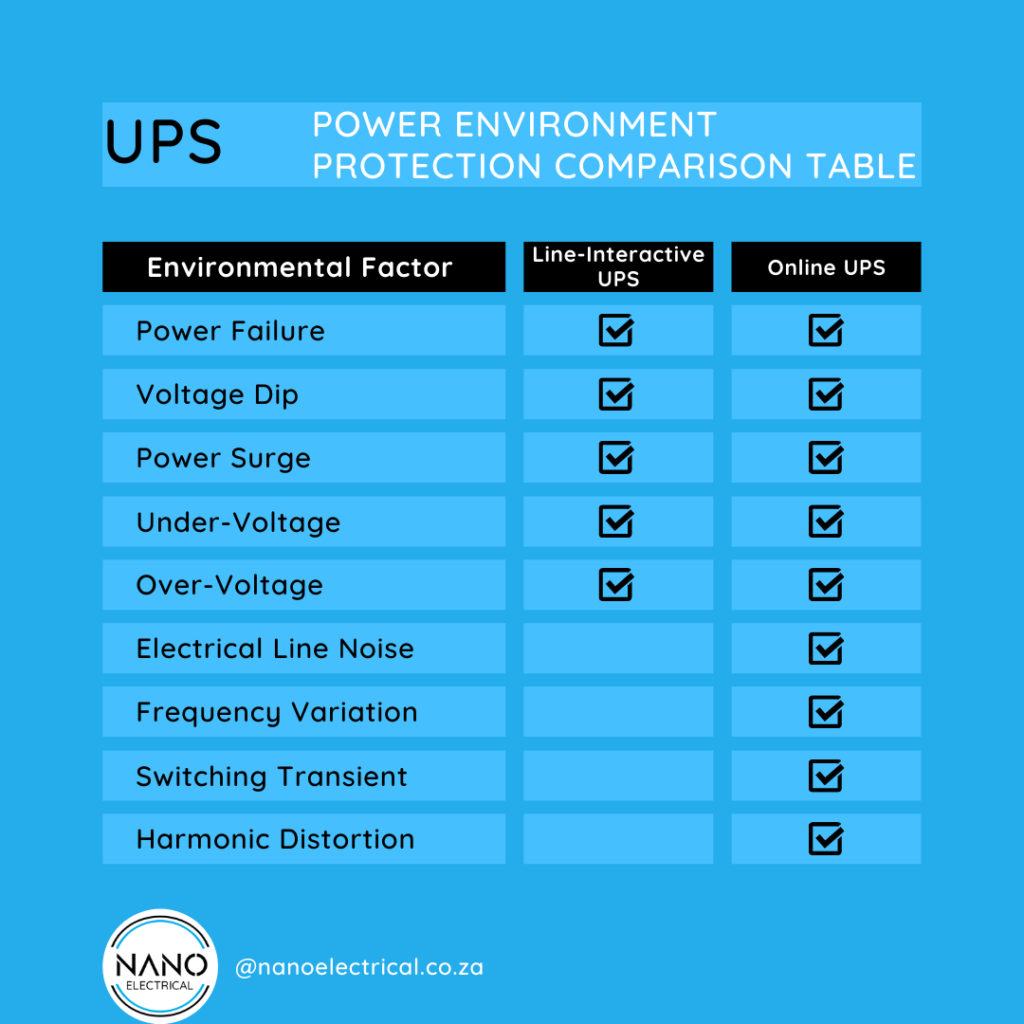
Conclusion
If you are in the market for a UPS be sure to pay special attention to the technical specifications to ensure that you do not overload the unit. Once your new UPS has been installed, there's really little to worry about in terms of operation. It is however important to remember that these units do run on batteries that will require replacement after some time. Most manufacturers however indicate a lifespan of between 3 and 5 years for these battery units.
CAUTION: do not attempt to service your UPS yourself. These units produce currents at dangerous voltages that can result in serious injury.

